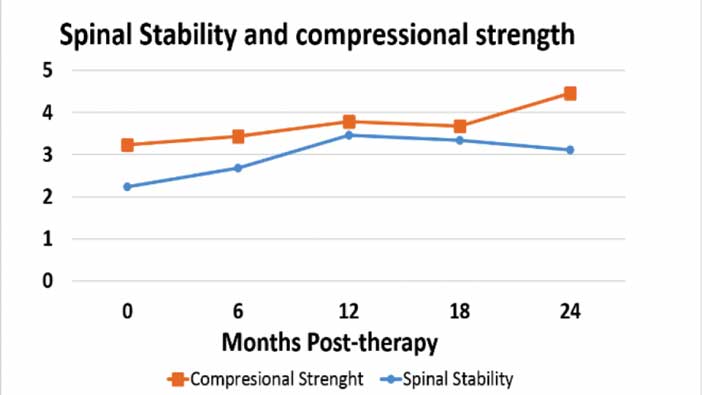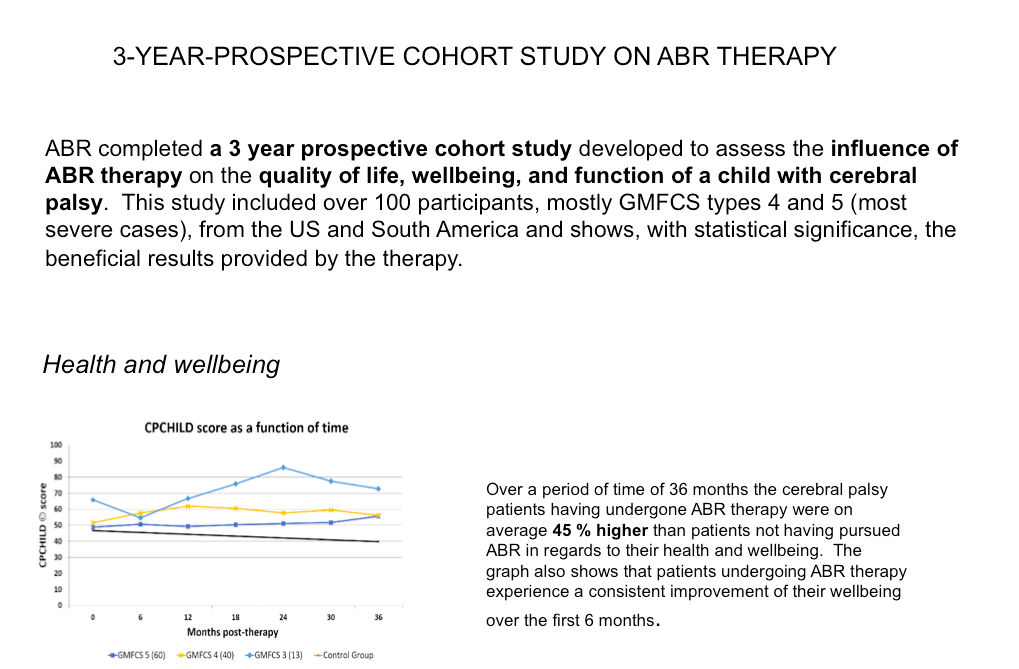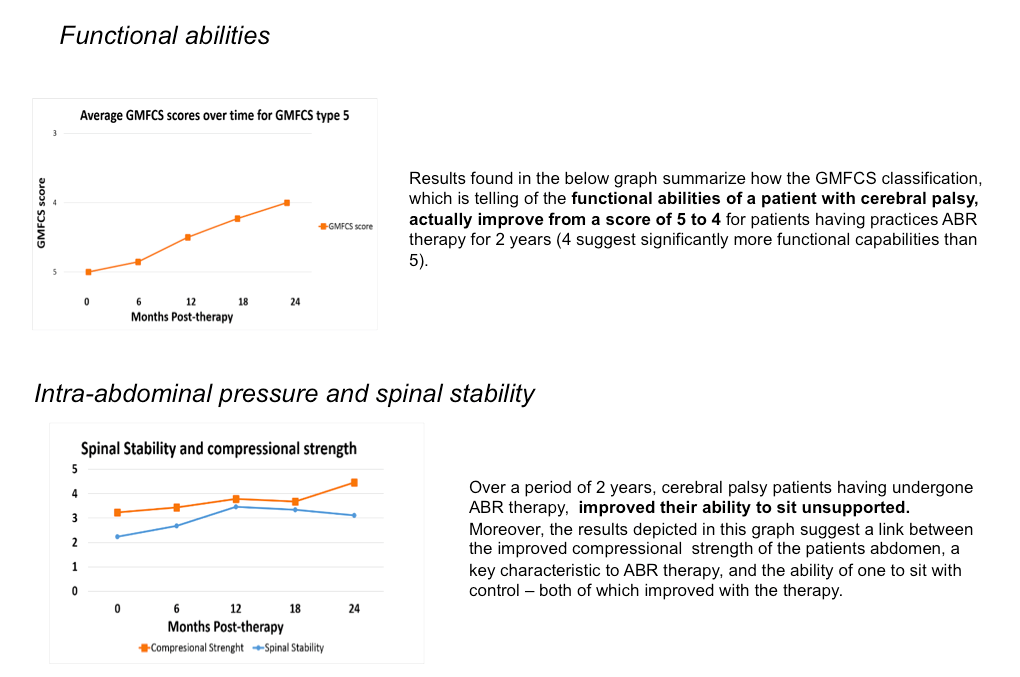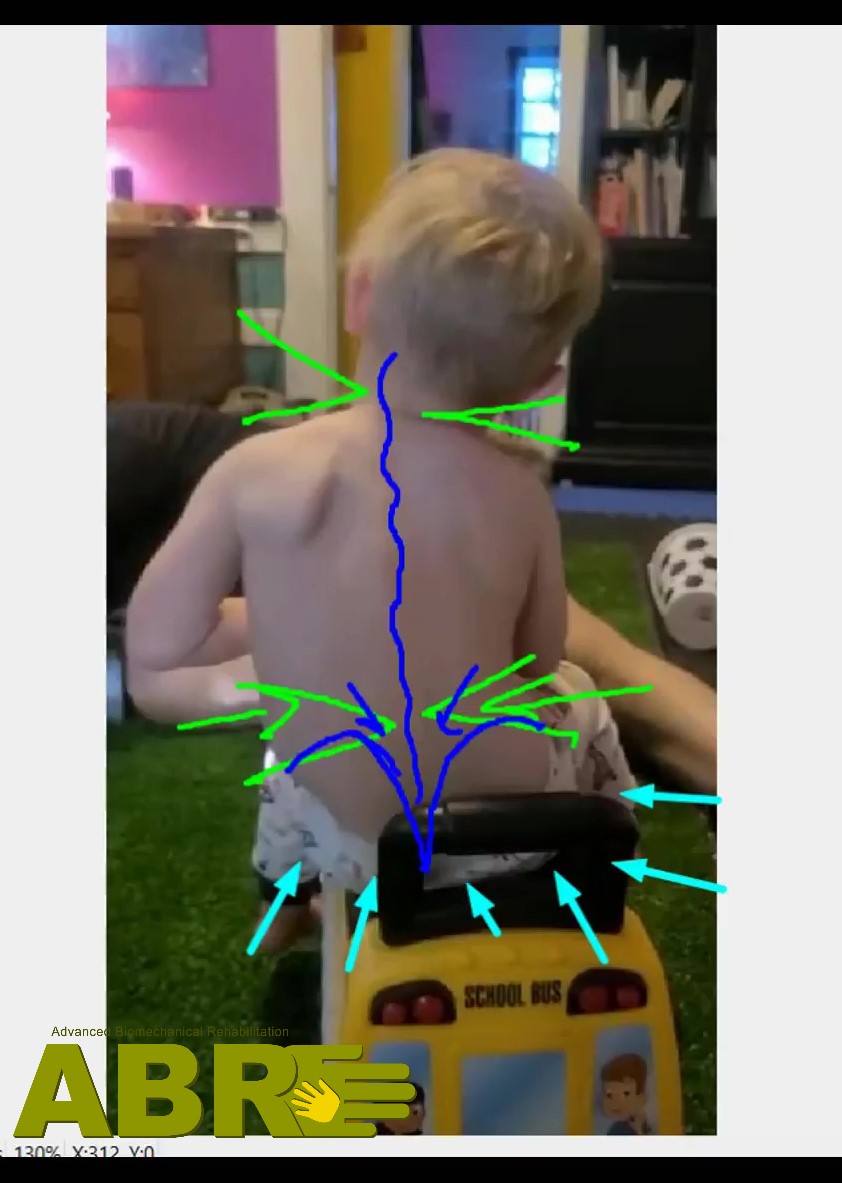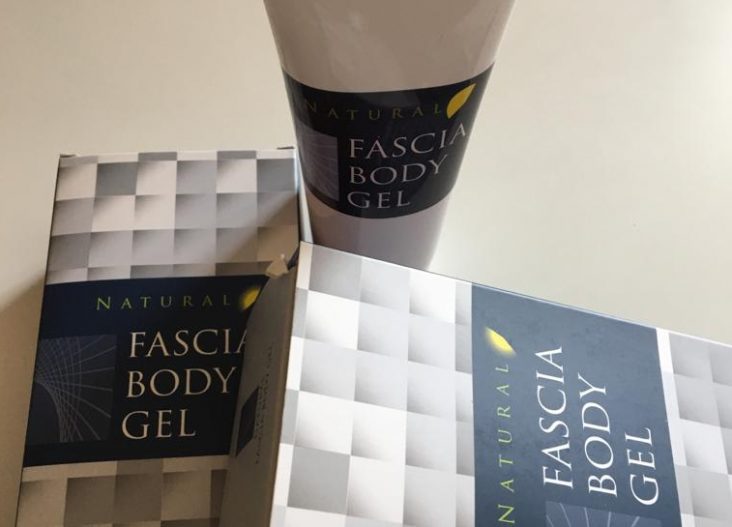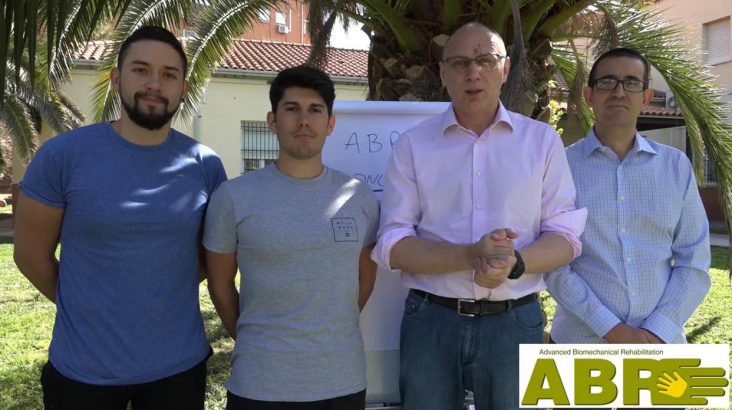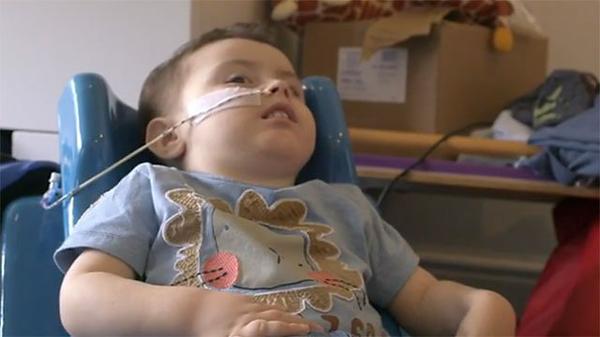Coronavirus Confinement Response – An Open Letter to the ABR Families.
The message to all of you Super Moms … (and some Super Dads as well…)
Quarantined at home? – Try turning confinement stress into opportunity:
Your chance to really meet your child – at close and personal scale.
Dear Friends,
Within 2 weeks the European, American and Australian world as we knew it – busy streets, plentiful services, open borders, easy travels, etc. – has collapsed. Hopefully, it’s a temporary shutdown and things will recover once the peak of the coronavirus pandemic is over.
All around Europe – Austria, Finland, Hungary, Spain, France, etc. — families are now confined to homes with very little opportunity to go out. America, Australia and many other countries are heading the same way. Schools, swimming pools, therapy centers are all closed for an indefinite period of time. That’s a big disruption and suddenly life might feel very strange.
Each and every family of children with cerebral palsy that I know has always been super busy – waking up early and finishing late, always having a feeling of not having enough hours in a day to complete all the activities scheduled. And now … everything stops… For the first few days, it might feel like a welcome relief – an unexpected break in a hamster wheel pace of life (if it wasn’t for the doomsday news that is on 24 hours). But then – it might get difficult to adjust. Humans are creatures of habit – it is very difficult for us to change our rhythms, so things could become stressful.
Depending on your family situation – there are two scenarios.
For some of you – the time stops. There is nowhere to go, and nothing to do outside – just being stuck at home with some domestic chores to do.
For some of you – it’s a commotion. Suddenly there are kids at home, who need to be home-schooled and entertained; there is a remote work to deliver; there is your significant other in the house into whom you suddenly bump every other minute instead of only seeing each other briefly in the evening. You need to cook and to wash and to clean etc. Understood!
But please, try not to jump from one hamster wheel to another! From the external life’s daily race to the internal rush, hassle, and urgency with even greater intensity.
Stop for a while! Relax – don’t try to be a super mom, an octopus, and a control freak at the same time. Let things go …
Figure out your priorities! The system’s strength is defined by its’ weakest link.
In the time of external health threat – your child with cerebral palsy has to become a number one priority. Everything else is temporary … If your kids will do so-so studies for 2-3 weeks at school – what’s the big deal? They will catch up when schools resume. This half-vacation will make no difference to their future.
On the opposite – if you stop being a perfectionist mom, and let some other things in the household loose – you might be surprised with the power of self-organization. The moment you let go on the control reins – you might as well face a lot less of the kids with “Mo-o-m?!” question and you might as well discover that your spouse is somehow capable of taking care of himself, without being instructed what to do. (By the way, if you are reading this and internally arguing – “I am not a perfectionist. Just look at my kitchen, my wardrobe, my kids…” – then you ARE the one! )
This sudden stoppage of external time and the reduction of your world into a much smaller physical space is a massive opportunity.
It is the opportunity for you to change your gaze direction and your zoom settings. You can slow down; you can switch off the external activities and you can zoom in closer on understanding your child’s natural intentions, rhythms, and creativities.
Stop the rush! Don’t try to replace the absence of external rush with winding yourself up internally, and applying your zoom to the signs of the previously ‘hidden’ household mess.
Please reduce your self-elected duties – cleaning, cooking, schooling, giving orders to yourself and to the others, etc. Chill!
This quarantine and confinement is a once in a lifetime opportunity –try NOT to do what you always do, and what you have always been doing through your ‘Super Mom’ life – but please start teaching yourself the slow time for everything: sleeping, feeding, napping, doing nothing, etc.
You need this time to study your SPECIAL child, to become a closer and better friend to your this special person by observing the finer nuances of how your child feels, reacts, moves and adjusts in their postures, positions, transitions, activities, expressions, intentions, explorations and so on.
If you can do that, if you can slow your time down, if you can resist the urge to do all kinds of ‘home stuff’ – that’s a huge step, for which you deserve massive respect.
I know it is not easy… yet it is worth it!
You have the chance to peel off the external shell of expectations, schedules, instructions, tasks, etc. that the external professionals have been giving you ever since your son or daughter was born. You were on a roll and in a rush … but have you have really learned to feel and to observe your own child?? By just slowing down, and becoming a loving but impartial observer who is free from any expectations and judgments? By becoming a person who watches and listens, whilst trying to see and to hear – what your child’s body and expressions really have to say.
But now, with your time slowed down and your physical space has shrunken – you face yet another challenge – in order to be able not just to observe your child but also to absorb and to understand how she is responding and why he is making this specific muscle tone and movement choices – you need guidance.
Let me ask you a direct question – how many of you have re-watched your ABR assessment and techniques/ exercises videos after finishing your course?
Unfortunately, for most of you, it is a rhetorical question. You’ve been too busy doing things and too tired when not doing things to find the time to really dive into the learning treasure chest that ABR Assessment is.
I speak about this without false modesty – my assessments cover 30-40 topics at once, each of them illustrated and explained. How many of those have you really retained and understood in depth?
It’s your life and your child – you’d benefit immensely by really doing the over-learning and watching both the videos and the assessment photos several times. Most of you have the ability to watch the multiyear sequences and to compare. I do encourage you to do so – this is really the perfect time!
But watching and learning is just the first step. Because even bigger and more important step is to get your exercise program intensity scaled up.
You are at home – so this is a perfect opportunity! When we meet we always talk about the time deficit that you face and limited time available for ABR exercises. Well, now it is a great opportunity to get more… much more!
So this is my heartfelt request to you – try using this special time wisely.
Open your hands, eyes, and your senses to your child – free yourself from expectations, just try to feel what your child really wants, feels, prefers… What are their natural rhythms undisturbed by schools and other external turbulences?
And, of course, ABR exercise is a perfect win-win combination – you can explore and feel, and yet deliver and invest in your child’s health at the same time!
P.S. Meanwhile, if you have any questions about the ways that ABR can help you with improving your child’s health defenses during the coronavirus health threat – please write to us: a special email address: coronavirusalert@abreurope.com
Wholeheartedly!
Leonid Blyum
ABR Founder and Principal Researcher
Locked in Southern Spain since March 16,
without being able to return home to Cyprus
for an indefinite period of time



